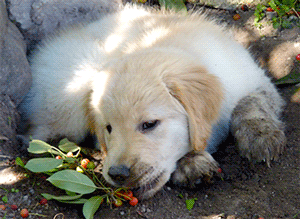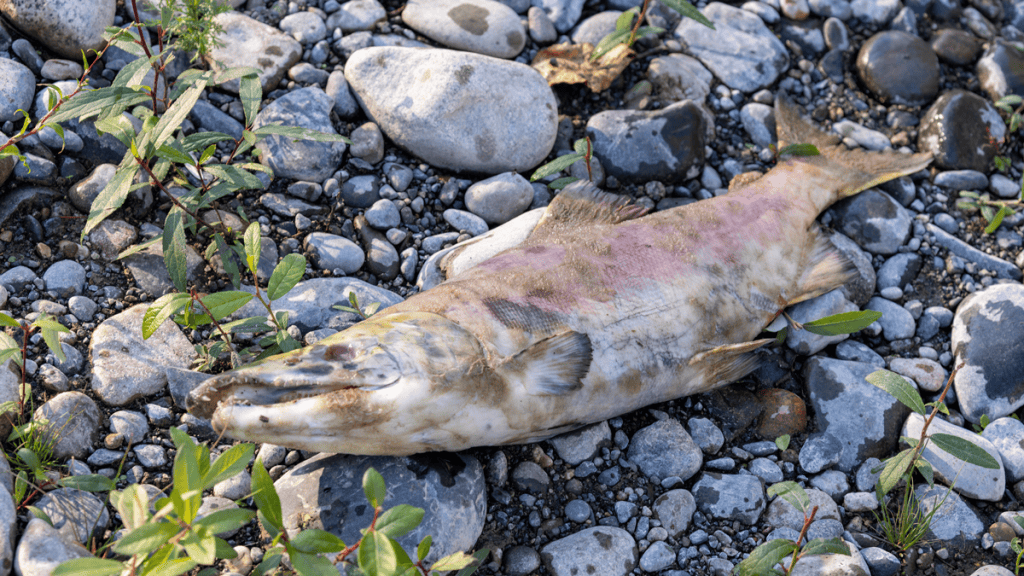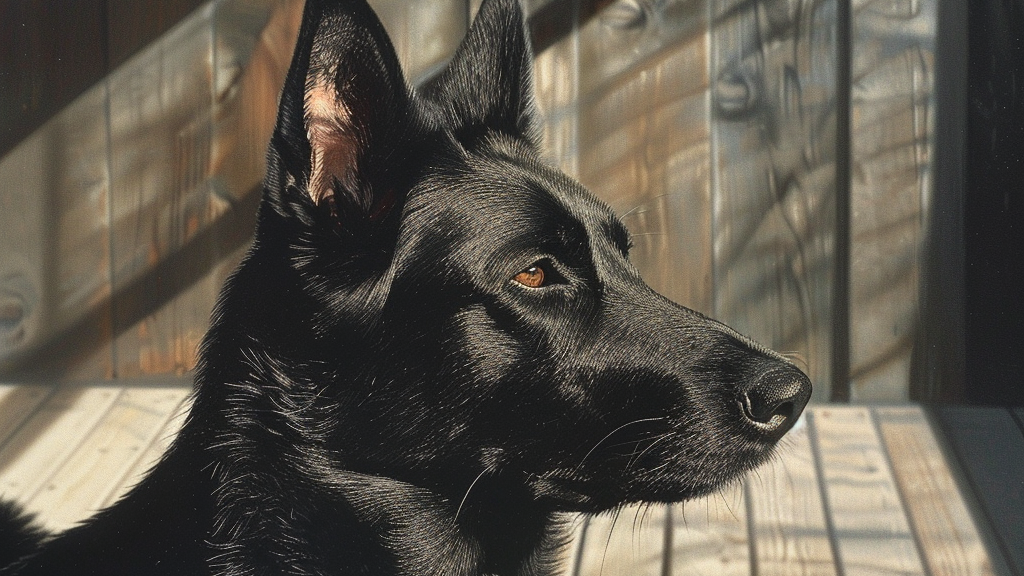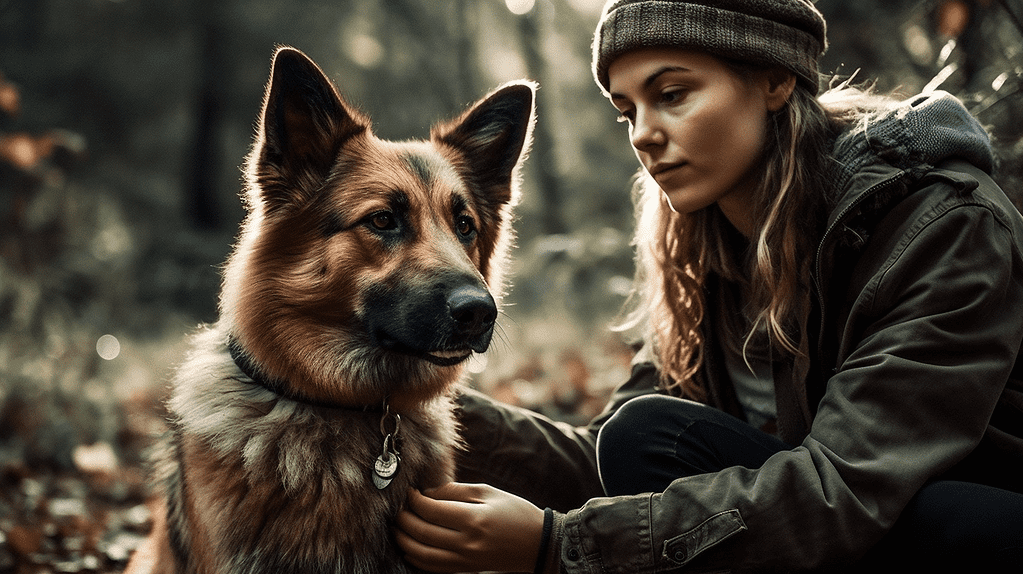
Toxic plants and dogs – Photo: Normanack (CC)
Melissa Robinett, DVM, Bel Marin Animal Hospital, Novato, CA
It’s hard to know why your dog decides to chew on one plant or another. Certainly, young puppies, like young humans, put everything in their mouths as they investigate their world. Sometimes even older dogs may chew on plants out of boredom. So, we’ve compiled a list of the worst offenders so you can bone up on the range of plants that are toxic to your pets before you plant.
Several favorite garden plants can cause severe sickness like vomiting and diarrhea, tremors, seizures, paralysis, coma and even death. All parts of these plants are considered toxic, even water that cut plants have soaked in. These plants are not a good choice for an area where pets have any access: oleander, common foxglove, kalanchoe, lily of the valley, milkweed, star of Bethlehem, desert rose, rhodendrons and azaleas.
The toxins in lilies, including Easter lilies, Asiatic hybrids and daylilies, affect the kidneys. Contact your veterinarian right away If you suspect your dog has been exposed to any of these plants.
Insoluable oxalates are found in some common houseplants and in the garden. This toxic agent is more of an irritant, as the needle-like crystals and chemical agents rapidly produce signs like whining from oral pain, drooling, pawing at the mouth, head shaking, and swelling of lips and tongue. If enough of the plant is ingested, signs of vomiting and diarrhea may develop. This group includes anthurium or flamingo flower, arrowhead vine, calla lily, Chinese evergreen, dumbcane, peace lily, philodendron, pothos or devil’s ivy, umbrella plant and elephant’s ear.
Yew, also known as “tree of death”, is a common landscape evergreen. There is bitter oil in the bark and leaves that limits the likelihood of ingestion in small animals, but this shrub is best avoided around pets due to extreme, often fatal toxicity.
If your pet has been chewing/eating a plant and has become ill, remember to bring a sample of the plant with you to your veterinarian for positive identification.
We’ve listed only a few of the main offenders here, a more complete list is located at Cornell University’s poisonous plants website. For more in depth information and help with a suspected poisoning case, visit ASPCA Poison Control Center and Pet Poison Helpline.






